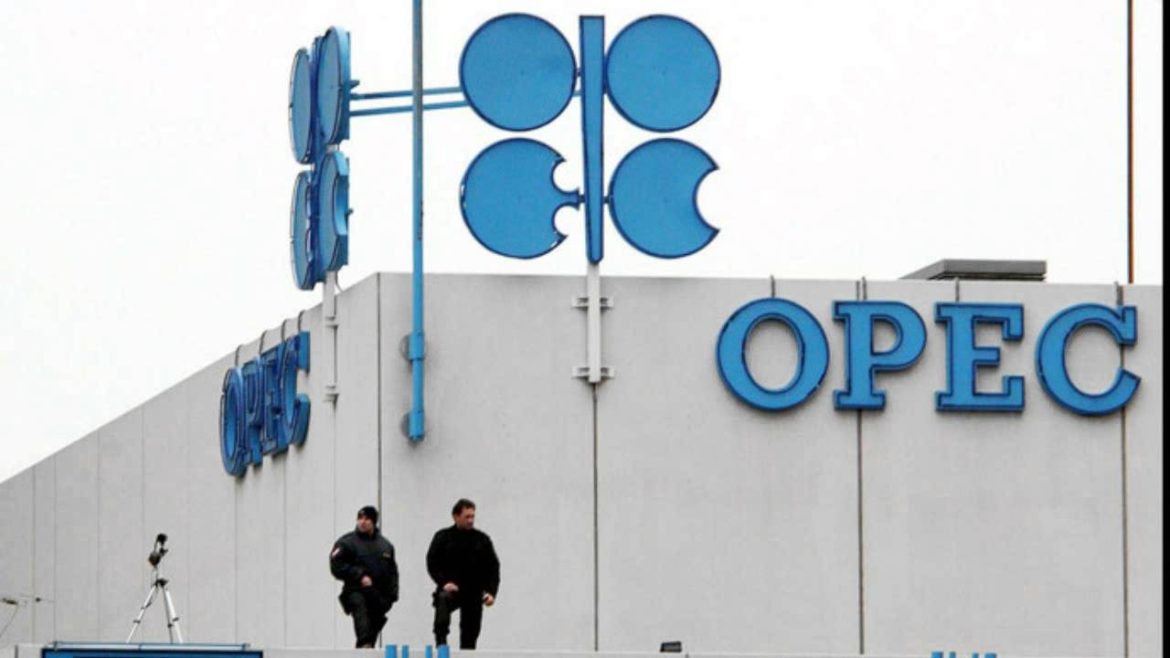The public debt (total of both external and domestic debt) in Nigeria has been increasing over the last five years and the issue of the sustainability of the debt level has generated a lot of debate. A comparative analysis of the debt-to-Gross Domestic Product (GDP) of a number of countries show that the ratio of debt-to-GDP is very low in Nigeria.
Amongst the countries we monitored, Japan recorded the highest debt-to-GDP of 250.40%. This was followed by the United States of America (U.S) with 104.17%; France 96%, United Kingdom (UK) 89.30%; and Germany 68.30%. India and China have a debt-to-GDP of 69.50% and 42.90% respectively.
South Africa and Venezuela have debt-to-GDP of 50.10% and 49.80% respectively. Available data from the Debt Management Office (DMO) shows that Nigeria’s total debt stock as at March 2017 stood at N19.16trn, representing an increase of 10.37% from the December 2016 figure of N17.36trn.
This also represents growth of 153.63% from N7.55trn in 2012. A breakdown of the debt stock shows that external debt accounted for 22.08% (N4.23trn), while domestic debt stock accounted for 77.92% (N14.93trn). The increase in the total debt is attributable to the following factors: the need to fund infrastructure and to supplement the declining government revenue. Many analysts have argued that the increase in government’s appetite for borrowing has crowded out the private sector.
The proportion of domestic debt to total public debt dropped consistently between 2013 and Q1 2017. On the average, the proportion of domestic debt to total debt was 85% between 2012 and 2015; but reduced to 78% between 2016 and Q1 2017.
The increase in external borrowing and the impact of exchange rate depreciation were the main reasons for the reduction in the proportion of the domestic debt stock. The FGN has set what it believes to be an optimal domestic debt to external debt ratio at 60:40. At the current (external to domestic debt) level of 78:22, it appears that there is still room to increase the external debt component of the total debt stock.
The debt-to-GDP in Nigeria as at December 2016 stood at 17.11%. This is far below the critical limit of 40% the FGN has set for the Nigerian economy. This means that, by this metric alone, there is substantial room for the government to increase its borrowing. However, the debt-toGDP ratio is not the only issue.
The major stress point is the rising level of interest payment relative to government revenue. The ratio of interest payment-to-government revenue increased from 24.48% in 2012 to an estimated 35.32% in 2016.
The FGN expects that this ratio will moderate slightly to 33.67% in 2017. The fact that interest payment is such a significant part of government revenue limits the revenue left for the government to undertake other developmental projects in the short-term. We expect this position to improve as government revenue increases as a result of the ongoing economic measures in the country to raise the level of revenue.
We are of the opinion that government should develop strategies to reduce the ratio of interest payment to revenue below 20% in the medium-term. Although the debt stock in Nigeria has increased substantially, we believe it is sustainable in the short-to-medium term given the economic growth potential of the country.
In the short-to-medium-term, government will need to borrow both from external and domestic sources in order to augment the low revenue facing the country as a result of the current economic challenges. The FGN needs to improve critical infrastructure in the country to increase the competitiveness of the economy to attract investments. This requires more money than current government revenue.
The FGN is also working to diversify its revenue base through the issuance of the FGN Savings Bond, Diaspora Bond, and Sukuk. The efforts of the FGN coupled with the improvement in the macroeconomic environment should help to lower interest rate.
We will also continue to encourage the government to partner with the private sector in the provision of critical infrastructure. In addition, government should ensure that any debt contracted is judiciously utilised on projects that promote economic growth and development.
Courtesy proshareng









